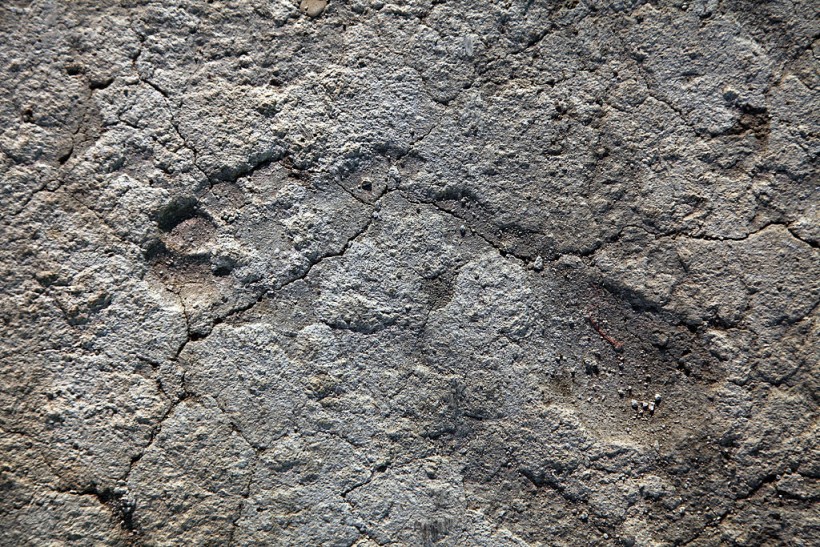
(Photo : Niki Davidov/IAA via Getty Images)
Scientists discovered ancient footprints that have recently been dated as far back as 21,000 to 23,000 years ago, upending the current known timeline of humans in the Americas.
Scientists discovered ancient footprints that they believe are evidence of humans arriving earlier than previously thought in the Americas.
The finding of the fossilized footprints that were made in what is not known as New Mexico was first made public in 2021. At the time, it was a historic discovery for archaeology and seemingly rewrote a chapter of the human story. However, new research now offers further evidence that the findings are more significant than initially believed.
Ancient Fossilized Footprints
While the ancient footprints look like they could have been made just yesterday, they were pressed into the mud roughly 21,000 to 23,000 years ago. This was found by using radiocarbon dating of the seeds of an aquatic plant that were preserved above and below the fossilized footprints.
This timeline dramatically pushes back the timeline of humans' history in the Americas, the last landmass to be settled by prehistoric people. The 61 dated footprints, first found in the Tularosa Basin, near the edge of an ancient lake in White Sands National Park, were made when scientists think that massive ice sheets prevented humans from passing into North America, as per CNN.
However, some archeologists have voiced concern and questioned the footprints' age established by the initial findings. They noted that aquatic plants such as Ruppia cirrhosa, used in the 2021 study, can acquire carbon from dissolved atoms in the water rather than the air, which could have a misleadingly early date.
On Thursday, a follow-up study was published in Science. Researchers said they had produced two new lines of evidence to support their initial dates. In a statement, a research geologist at the US Geological Survey, Kathleen Springer, a co-lead author of the new study, said that they continued to forge ahead even when the original work was being published.
Read Also: Nearly 41% Or Over 2,000 Amphibian Species in Danger of Becoming Extinct, Experts Claim
Human History in the Americas
She noted that they are confident with the original ages for the discovered ancient footprints, adding that they have strong geologic, hydrologic, and stratigraphic evidence. For a long time, there have been debates with regard to when and how early humans first migrated to the Americas.
Edward Jolie, an anthropological archaeologist at the University of Arizona, said, "It's more or less a master class in how you do this." According to the Washington Post, she was part of the team that studied the White Sands footprints in the field but was not involved in the recent research.
An archeological scientist at Cornell University, Thomas Urban, who was involved in the 2021 study but the latest one, said that this has been controversial for so long because it is quite significant. He said that it centers around understanding the last chapter of the people of the world.
An independent archeological geologist in Albuquerque, New Mexico, Thomas Stafford, said that he was a bit skeptical before but is now convinced thanks to the new study, which he was not a part of, said Yahoo News.
Related Article: Campi Flegrei: Italian Authorities Plan to Evacuate Naples as Volcanic Earthquakes Increase








